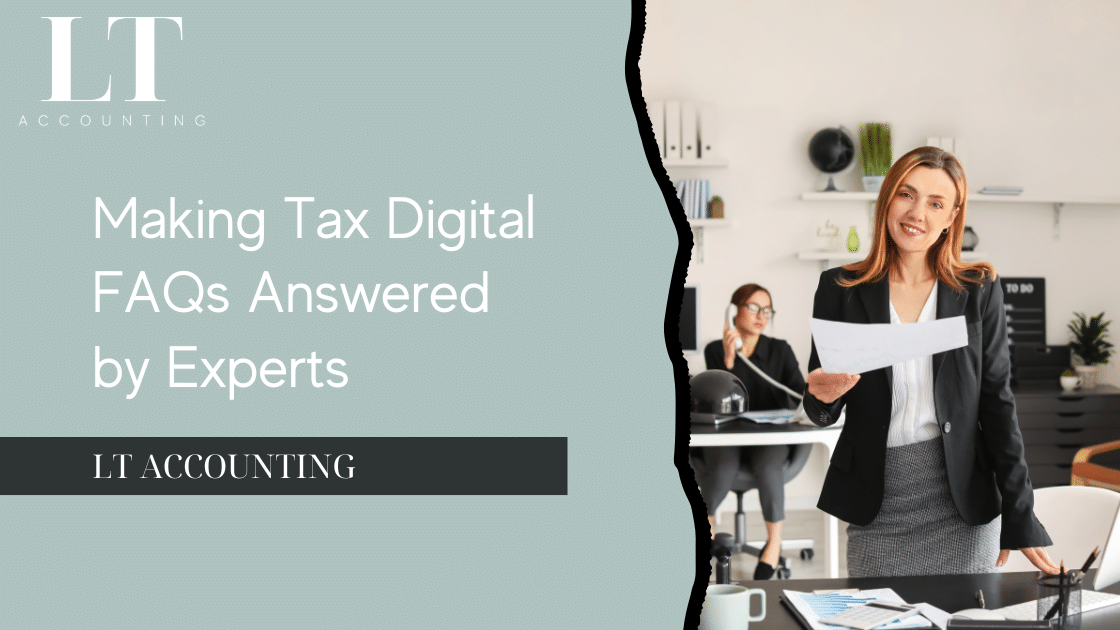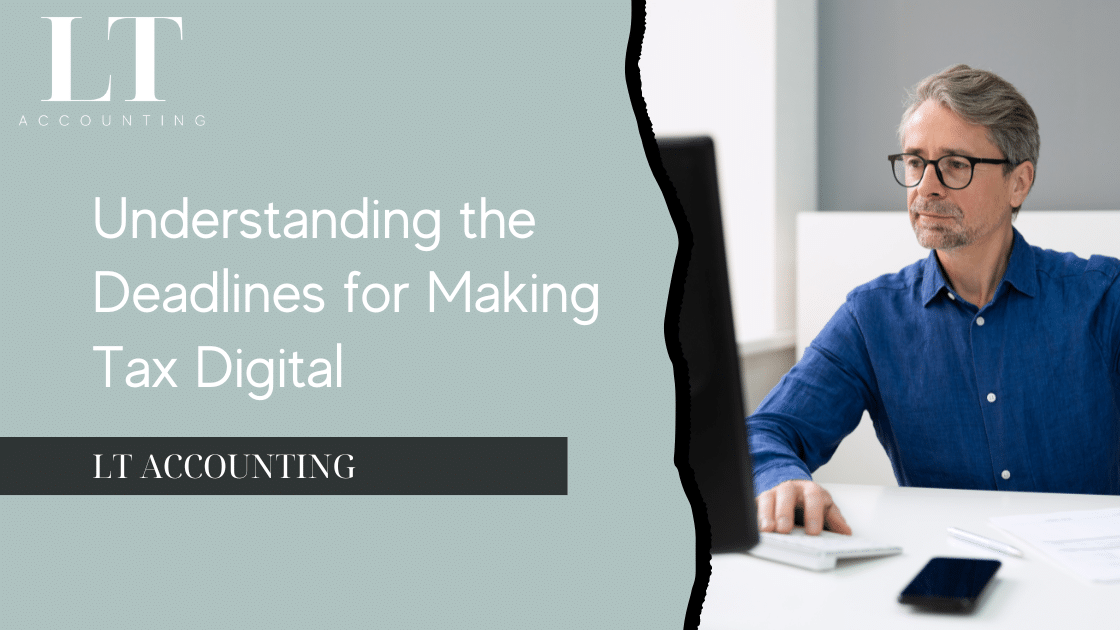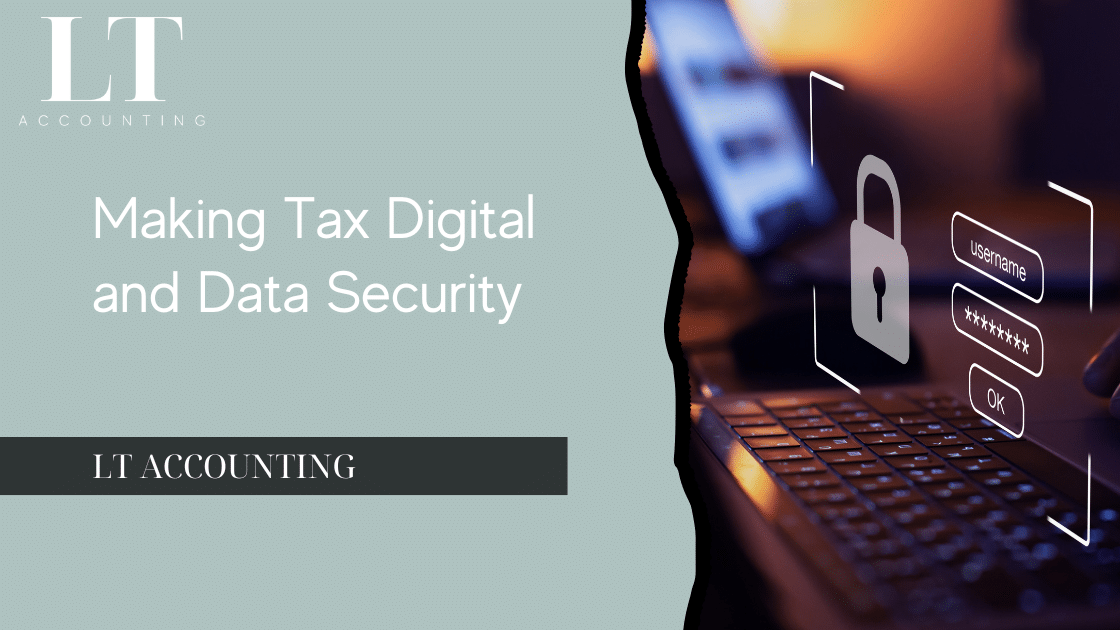Pension contributions are a cornerstone of financial planning, offering a dual benefit: preparing for a comfortable retirement and providing significant tax advantages. In the UK, understanding these tax benefits is crucial for both individuals and businesses aiming to maximise their financial health. This section will introduce the concept of tax efficiency through pension contributions, highlighting its importance in overall tax planning strategies.
Pensions in the UK come with attractive tax incentives. The government encourages saving for retirement by offering tax relief on pension contributions. For individuals, this means that some of the money that would have gone to the taxman instead goes into their pension pot. For businesses, contributing to pension schemes can lower the corporation tax bill, making it a smart strategy to reduce taxable profits.
However, navigating the pension landscape requires knowledge of how these contributions work, the limits imposed by regulations, and the most effective ways to contribute to avoid unnecessary taxes. By exploring these facets, individuals and businesses can make informed decisions, leading to significant savings and a more secure financial future.
Understanding Tax Efficiency through Pension Contributions
Pension contributions in the UK are highly encouraged by the government through tax relief. This incentive effectively reduces the cost of saving for retirement. Here’s how it works:
- For individuals: The amount you contribute to your pension scheme receives tax relief at your highest rate of income tax. This means if you are a basic-rate taxpayer, for every £80 you contribute, the government adds another £20, topping up your pension pot to £100. Higher and additional-rate taxpayers can claim further relief through their tax returns.
- Annual Allowance: There is a limit to how much you can contribute to your pensions in a year while still receiving tax relief, known as the annual allowance. For the 2023/2024 tax year, this is set at £40,000 for most people but can be lower for high earners or those who have already started drawing from their pension.
The Benefits of Pension Contributions for Individuals
The tax benefits of pension contributions for individuals are substantial. By contributing to a pension scheme, you can:
- Reduce your Income Tax: Contributions are tax-free up to the annual allowance, meaning people can save a significant amount on their tax bill.
- Grow your Savings Tax-efficiently: Investment growth within a pension is largely tax-free, allowing your retirement savings to grow more quickly than they might in a taxable investment account.
One effective strategy is to make contributions that align with your annual allowance while considering your lifetime allowance (the total amount you can hold within your pension schemes without triggering an extra tax charge) to avoid future tax charges.
Strategies for Businesses to Utilise Pension Contributions
For businesses, pension contributions can serve as a strategic tool to reduce corporation tax. Contributions made by the company to employee pension schemes are deductible as business expenses, lowering the company’s taxable profit. Moreover, for directors of limited companies, contributing to a pension can be a tax-efficient way to extract money from the business, as these contributions do not count as taxable income.
Setting up a workplace pension not only benefits employees but also enhances the company’s attractiveness as an employer. It’s a win-win scenario where the business can enjoy tax savings while investing in the employees’ futures.
This introduction and overview set the stage for a deeper exploration into maximising tax efficiency through pension contributions. The following sections will dive into specific strategies, considerations for selecting the right pension scheme, and the role of pensions in estate planning, ensuring a comprehensive guide for individuals and businesses alike.
Navigating the Lifetime Allowance and Avoiding Pitfalls
The Lifetime Allowance (LTA) is a key consideration in pension planning, setting a ceiling on the total value of pension benefits that can be accumulated without triggering an extra tax charge. As of the 2023/24 tax year, the LTA stands at £1,073,100. Exceeding this limit incurs a tax charge on the excess when you take your pension, transfer your pension overseas, reach age 75 without taking your pension, or die before age 75 with untaken pension.
Strategies to Avoid Exceeding the Lifetime Allowance:
- Regular Review: Regularly monitor your pension savings against the LTA, especially if you are a higher earner or have made significant contributions over the years.
- Consider Pension Funding Alternatives: If you’re nearing the LTA, explore other tax-efficient savings vehicles, such as ISAs, to diversify your retirement savings.
- Apply for Protection: The UK government offers certain types of protection for individuals affected by the reduction in the LTA. Fixed and individual protections can lock in a higher personal LTA, but specific eligibility criteria apply.
Choosing the Right Pension Scheme
Selecting the right pension scheme is crucial for maximising tax efficiency through pension contributions and ensuring that your retirement savings align with your financial goals. The UK offers several types of pension schemes, each with its own set of rules, benefits, and tax implications.
- Workplace Pensions: Automatically set up by your employer, these can be defined benefit or defined contribution schemes. They offer the benefit of employer contributions, boosting your pension pot.
- Personal Pensions and SIPPs (Self-Invested Personal Pensions): Offer more control over investments, suitable for individuals looking for flexibility and a wider investment choice. SIPPs, in particular, allow for a broad range of investments, including stocks, bonds, and property.
Factors to Consider:
- Charges and Fees: Understand all associated costs, as these can eat into your retirement savings over time.
- Investment Options: Consider the range of investment choices available and whether they align with your risk tolerance and retirement goals.
- Flexibility: Evaluate the flexibility of the scheme in terms of contribution levels, investment choices, and options for retirement income.
Future Planning: The Role of Pensions in Estate Planning
Pensions can play a strategic role in estate planning, offering tax-efficient ways to pass wealth to the next generation. Unlike most assets, pensions are usually outside of your estate for Inheritance Tax (IHT) purposes.
- Death Before 75: If you die before age 75, your remaining pension can be passed on tax-free, whether as a lump sum or as drawdown income, to any beneficiary.
- Death After 75: Beneficiaries will pay income tax at their marginal rate on any pension inherited.
Estate Planning Considerations:
- Nominate Beneficiaries: Ensure you have up-to-date beneficiary nominations to direct your pension benefits in the event of your death.
- Review Regularly: Circumstances change, so review your pension and wider estate planning regularly to ensure they remain aligned with your wishes.
Conclusion
Maximising tax efficiency through pension contributions is a nuanced process, requiring careful planning and regular review. By understanding the benefits and limitations of pension tax relief, strategically contributing to avoid exceeding allowances, selecting the appropriate pension scheme, and considering the role of pensions in estate planning, individuals and businesses can significantly enhance their financial well-being.
Consulting with a financial advisor can provide personalised guidance tailored to your specific circumstances, helping navigate the complexities of pension planning to secure a financially stable future. By taking proactive steps today, you can maximise your tax savings and work towards a more prosperous retirement.
For professional advice and support tailored to your unique situation, consider reaching out to financial experts who can guide you through the intricacies of UK pension schemes and tax planning strategies.





